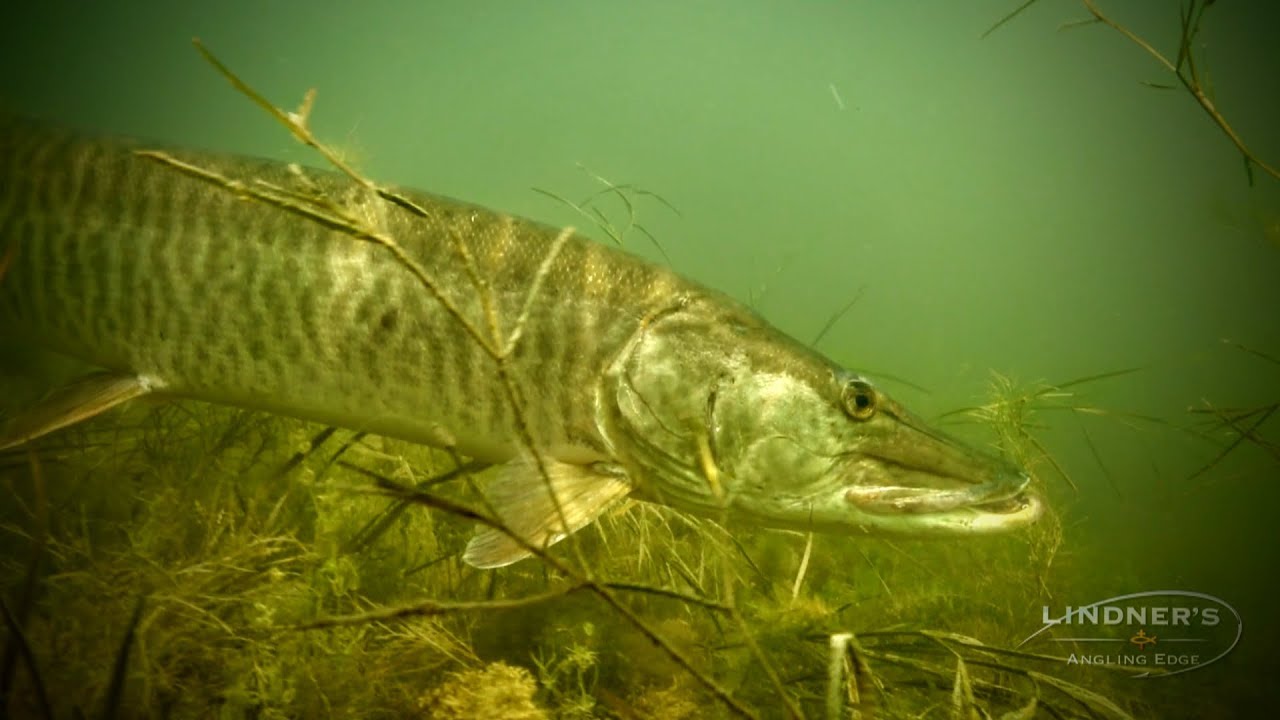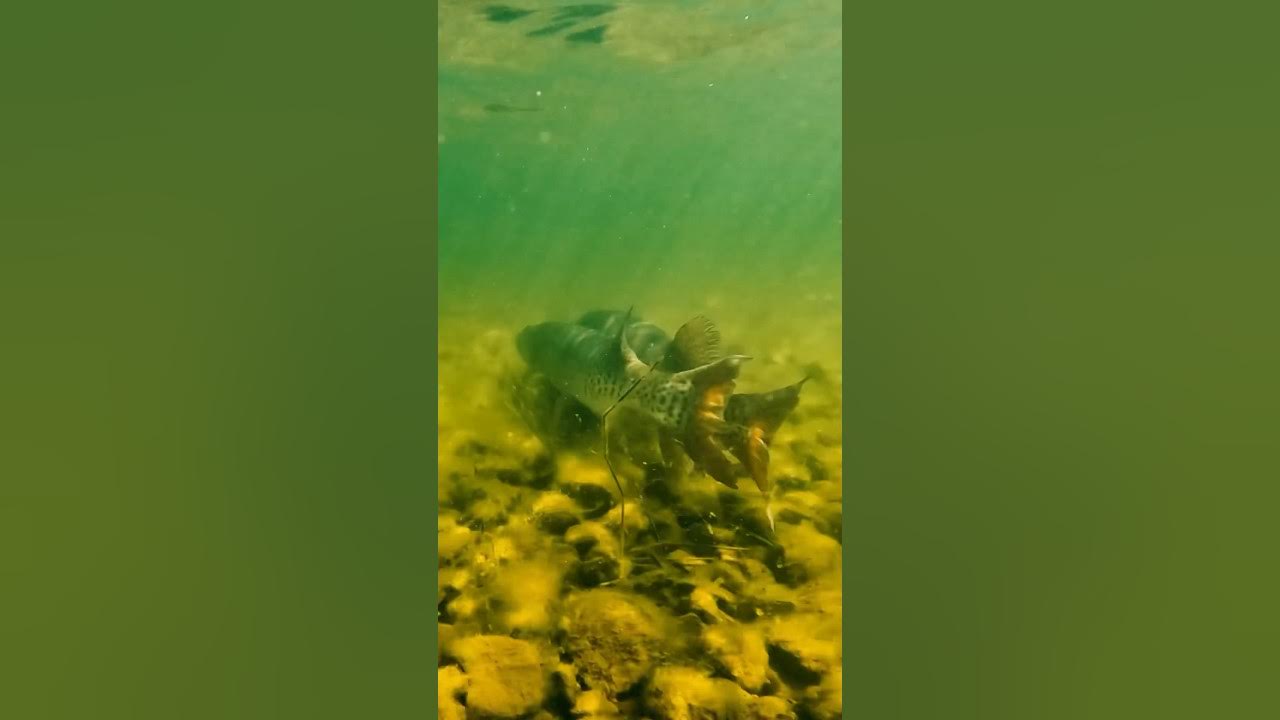Spawning Fish
There are people who visit this site on a weekly basis and many friends that would either like information or suggest I write about a certain subject on the Northwoods and if I believed others would enjoy that topic, I will definitely do so and give whatever information I can. So, when a good friend who is a damn good fisherman and spends many hours on the water suggested I write about post spawn fishing, I had to agree with him and over the next few weeks, I will start covering this topic. First, there is more to spawning than fish laying eggs and fertilizing the eggs. Some folks might find this week’s fishing topic interesting, and others could find this boring, but those who enjoy early spring fishing, I believe this is important because post spawn fishing is all about location. I would think most anglers, novice or not, have heard of fall turnover, but some may not know or take into consideration that this takes place in the spring also. So, this week will be about spring turnover, spawning temperatures and spawning location.
Depending on the size and depth, some lakes will turnover faster than others and most shallow lakes won’t have fall or spring turnover. When the ice comes off the lakes the sun warms the top layer of water and with the help of the wind, the lower layer mixes with the top layer of water. This process stirs up nutrients and will cause algae to grow and this can make some lakes take on a brownish color or look cloudy, but once spring turnover is complete, water clarity will return. At this time, plants will start growing again, producing oxygen and fish will start returning to shallow water. As the water warms, the three layers (EPILMNION, THERMCLOINE, HYPOLIMION) are established once again. Why is this important to remember? Due to the lack of oxygen, fish WILL NOT be below the thermocline. Durning this time, spawning has also started.
Here are the basic spawning temperatures and locations, but while most spawning usually occurs between April and May, depending on cold weather returning or passing cold fronts, these times can differ.
- NORTHERN PIKE – spawn in shallow bays over vegetation, but as unusual as this sounds, have been known to spawn over gravel with water temperatures between 34 to 40 degrees
- WALLEYE – spawn when water temperature is between 42 to 45 degrees, in shallow water over rocks, gravel or rubble.
- MUSKIE – start when the water reaches between 49 to 53 degrees in shallow bays over thick vegetation.
- PERCH – can start spawning after water temperatures reach between 45 to 52 degrees and will lay eggs near shorelines over vegetation or on branches of dead trees.
- SMALLMOUTH BASS – spawn near shorelines with hard bottoms like sand or gravel, when water reaches between 55 to 60 degrees.
- LARGEMOUTH BASS – will start spawning at 62 to 65 degrees, in shallow water over sand or fine gravel.
- BLUEGILL – will spawn anywhere between May and August, but peak in June when water reaches 67 to 80 degrees.
As I mentioned above, depending on the weather, these spawning times can/will change with the water temperatures. Next week’s topic will be FISHING DURNING THE SPAWNING PERIOD, followed by EACH INDIVIDUAL SPECIES SPAWNINGG.




